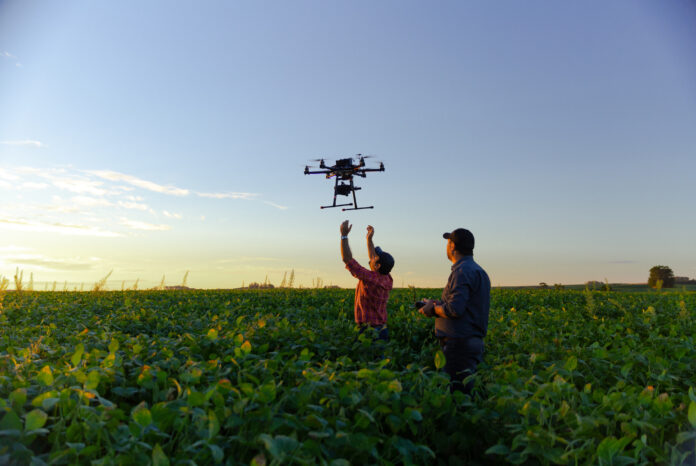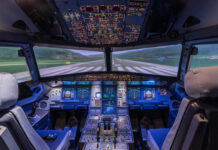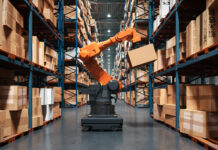
A lot of us may not realize it, but the agricultural industry has undergone a remarkable transformation in recent years, driven by advancements in technology. One of the most revolutionary innovations to emerge from this transformation is the use of autonomous drones. These UAVs equipped with sophisticated sensors and imaging technology have proven to be invaluable tools for crop monitoring and precision farming.
The Growing Need for Precision Agriculture
Agriculture is faced with the monumental challenge of feeding a growing global population while ensuring sustainability and environmental responsibility. Traditional farming methods are no longer sufficient to meet these demands, which is why the concept of precision agriculture has gained significant momentum. Precision agriculture, also known as smart farming, relies on technology to optimize various aspects of farming, from planting and irrigation to pest control and harvesting.
Precision agriculture aims to:
- Optimize Resource Use: By precisely controlling the use of resources such as water, fertilizers, and pesticides, precision agriculture reduces waste and environmental impact.
- Enhance Crop Yield: Smart farming practices lead to improved crop yields, ensuring that more food can be produced on the same or even smaller plots of land.
- Minimize Environmental Impact: Through efficient resource management and reduced chemical usage, precision agriculture minimizes the environmental footprint of farming.
- Elevate Data-Driven Decision-Making: Data collected through advanced technology, such as autonomous drones, allows farmers to make informed decisions based on real-time information.
The Role of Autonomous Drones: 5 Applications
Autonomous drones are at the forefront of the precision agriculture revolution. These unmanned aircraft, often equipped with high-resolution cameras, multispectral and thermal imaging sensors, and advanced data processing capabilities, can provide a wealth of information to farmers. Here’s how autonomous drones are contributing to precision agriculture:
1. Crop Monitoring and Health Assessment
Drones equipped with specialized cameras and sensors can capture detailed images of crops. This data is used to monitor crop health by detecting early signs of stress, disease, or nutrient deficiencies. Farmers can then take timely action to address these issues, resulting in healthier crops and higher yields.
2. Precision Irrigation
Drones can survey the field and identify areas that require more or less irrigation. By providing real-time data on soil moisture levels and plant health, drones help farmers optimize their irrigation practices. This not only conserves water but also reduces the risk of overwatering, which can lead to waterlogging and soil degradation.
3. Pest and Disease Management
Early detection of pests and diseases is crucial for crop protection. Autonomous drones can identify affected areas, allowing farmers to target interventions more accurately. This reduces the need for widespread pesticide application and minimizes chemical exposure for both crops and the environment.
4. Yield Estimation
Drones can estimate crop yields by analyzing plant count, growth patterns, and fruiting. This information helps farmers plan their harvesting schedules and optimize post-harvest processes, leading to better market supply management.
5. Environmental Monitoring
Beyond crop management, autonomous drones are employed in environmental monitoring. They help in assessing the overall condition of the agricultural ecosystem, including soil health and water quality, contributing to sustainable farming practices.
Benefits of Autonomous Drones in Agriculture
The integration of autonomous drones into agriculture offers several significant advantages:
- Increased Efficiency: Drones can cover vast areas quickly and collect data in real time, saving time and resources for farmers.
- Data-Driven Decisions: Farmers can make informed decisions based on accurate data, leading to better crop management and higher yields.
- Environmental Sustainability: Precision agriculture practices enabled by drones reduce the environmental impact of farming, conserving resources and minimizing chemical use.
- Cost Savings: Optimized resource use and reduced pesticide application result in cost savings for farmers.
- Improved Crop Quality: Timely intervention and precise management lead to healthier, high-quality crops.
Challenges and Opportunities
While the adoption of autonomous drones in agriculture is on the rise, challenges remain. Issues related to data privacy, regulatory compliance, and the initial cost of technology adoption are some of the hurdles that need to be addressed.
As technology continues to advance, the future of autonomous drones in agriculture looks promising. Enhanced sensors, AI algorithms for data analysis, and even more precise navigation systems will further empower farmers to practice precision agriculture. The synergy of these technologies will enable farmers to address global food security challenges while being more environmentally responsible.
The integration of autonomous drones into agriculture is a testament to the transformative power of technology in the 21st century. These drones are revolutionizing crop monitoring and helping farmers sustainably feed a growing global population. As technology continues to evolve, it is likely that autonomous drones will become even more essential tools for farmers worldwide, ensuring a more efficient, sustainable, and productive agricultural industry.




